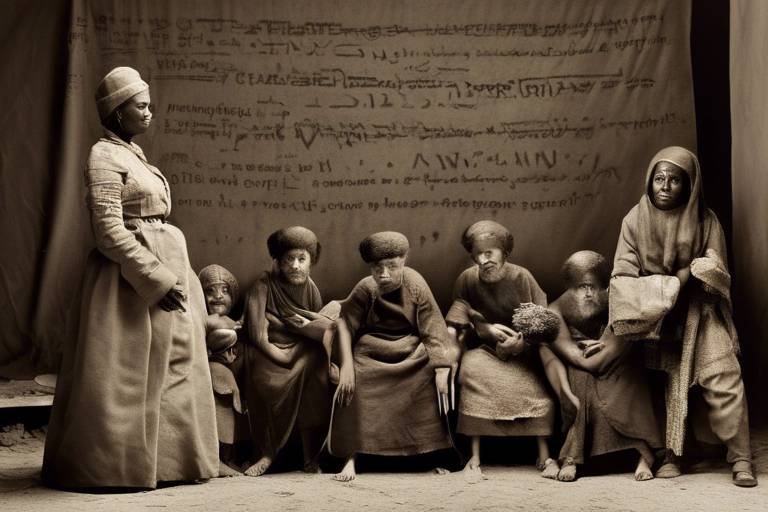The Role of Cultural Heritage in Peacebuilding
Cultural heritage plays a pivotal role in peacebuilding by serving as a powerful tool for reconciliation, understanding, and unity in conflict-affected regions. By delving into the rich tapestry of cultural traditions, practices, and historical narratives, communities can find common ground and bridge divides that have long fueled animosity and discord.
Preserving cultural heritage is not merely about conserving artifacts or monuments; it is about safeguarding the essence of a community's identity, traditions, and values. When communities are able to hold onto their cultural roots, it instills a sense of belonging and unity among diverse groups, fostering a shared sense of pride and heritage.
One of the most significant aspects of cultural heritage is its ability to facilitate inter-generational knowledge transfer. Through the passing down of cultural practices and historical narratives from one generation to the next, mutual respect, understanding, and appreciation are cultivated among different age groups. This exchange of wisdom helps in promoting harmony and peace within communities.
Cultural heritage initiatives also play a crucial role in building trust and understanding among conflicting parties. By providing platforms for dialogue, collaboration, and exchange, these initiatives create opportunities for individuals to engage with one another, leading to trust-building and mutual understanding. Such interactions are essential in breaking down barriers and fostering peaceful coexistence.
Utilizing cultural heritage sites and practices as conflict resolution mechanisms can be highly effective in addressing underlying tensions and promoting peaceful coexistence within communities. These spaces serve as neutral grounds where conflicting parties can come together, engage in dialogue, and work towards resolving disputes in a peaceful manner.
Engaging with cultural heritage can be a source of empowerment and healing for individuals and communities affected by conflict and trauma. By reconnecting with their cultural roots, people find a sense of pride, resilience, and healing, helping them overcome the scars of the past and move towards a brighter future.
Furthermore, harnessing cultural heritage for sustainable tourism initiatives can have a significant impact on economic development in post-conflict societies. By attracting tourists to explore cultural sites and participate in heritage-related activities, communities can stimulate economic growth, create livelihood opportunities, and promote social cohesion.
International cooperation in cultural heritage preservation projects is also instrumental in promoting peacebuilding efforts. Collaborations between nations in preserving and promoting cultural heritage foster cross-cultural understanding, strengthen global solidarity in conflict resolution, and contribute to building a more peaceful world.
Education plays a vital role in raising awareness about the importance of cultural heritage in peacebuilding. By integrating cultural heritage teachings into educational programs, future generations can learn about shared histories, promote tolerance, and cultivate a culture of peace. Educating the youth about the value of cultural heritage ensures that its significance is preserved and passed on for generations to come.
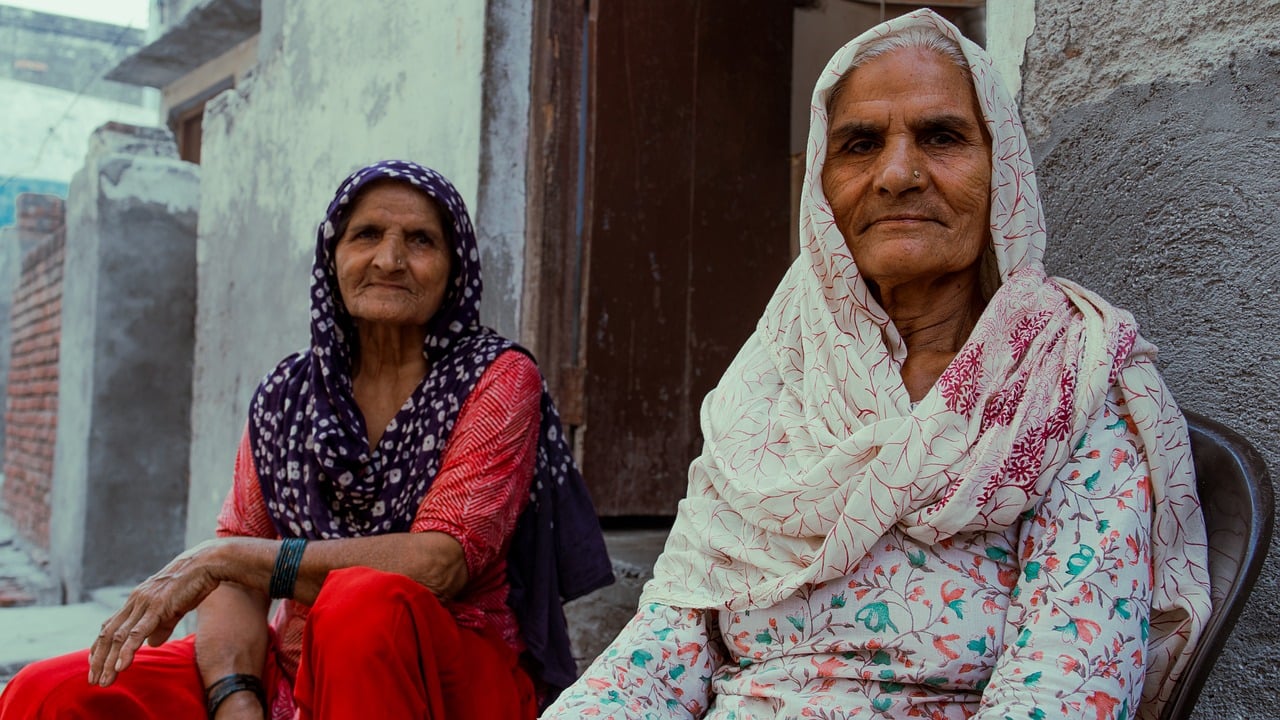
Preservation of Identity
Preservation of identity through cultural heritage is like safeguarding a community's soul, ensuring that its essence and roots remain intact despite the storms of time. When we preserve our cultural heritage, we are not merely conserving artifacts or traditions; we are safeguarding the very fabric that binds us together as a society. It's akin to cherishing a family heirloom passed down through generations, each piece holding stories, memories, and a sense of belonging.
Imagine a town where the old town square stands as a testament to the resilience and spirit of its people, where the ancient rituals and dances are not just performances but living expressions of a shared history. Preserving cultural identity is about honoring the past while embracing the future, creating a bridge between generations and ensuring that the tapestry of traditions remains vibrant and relevant.
Through the preservation of identity, communities can find strength in diversity, celebrating the unique aspects that define them while also recognizing the common threads that connect them to a broader human experience. It's about fostering a sense of pride and belonging, instilling a deep-rooted respect for one's heritage and a willingness to learn from others.
Moreover, preserving cultural identity is not a static process but a dynamic journey of exploration and adaptation. It involves engaging with the past to shape the future, drawing inspiration from ancient wisdom to navigate modern challenges. Just as a tree's roots anchor it firmly in the ground while its branches reach for the sky, cultural heritage grounds us in our roots while propelling us towards new horizons.
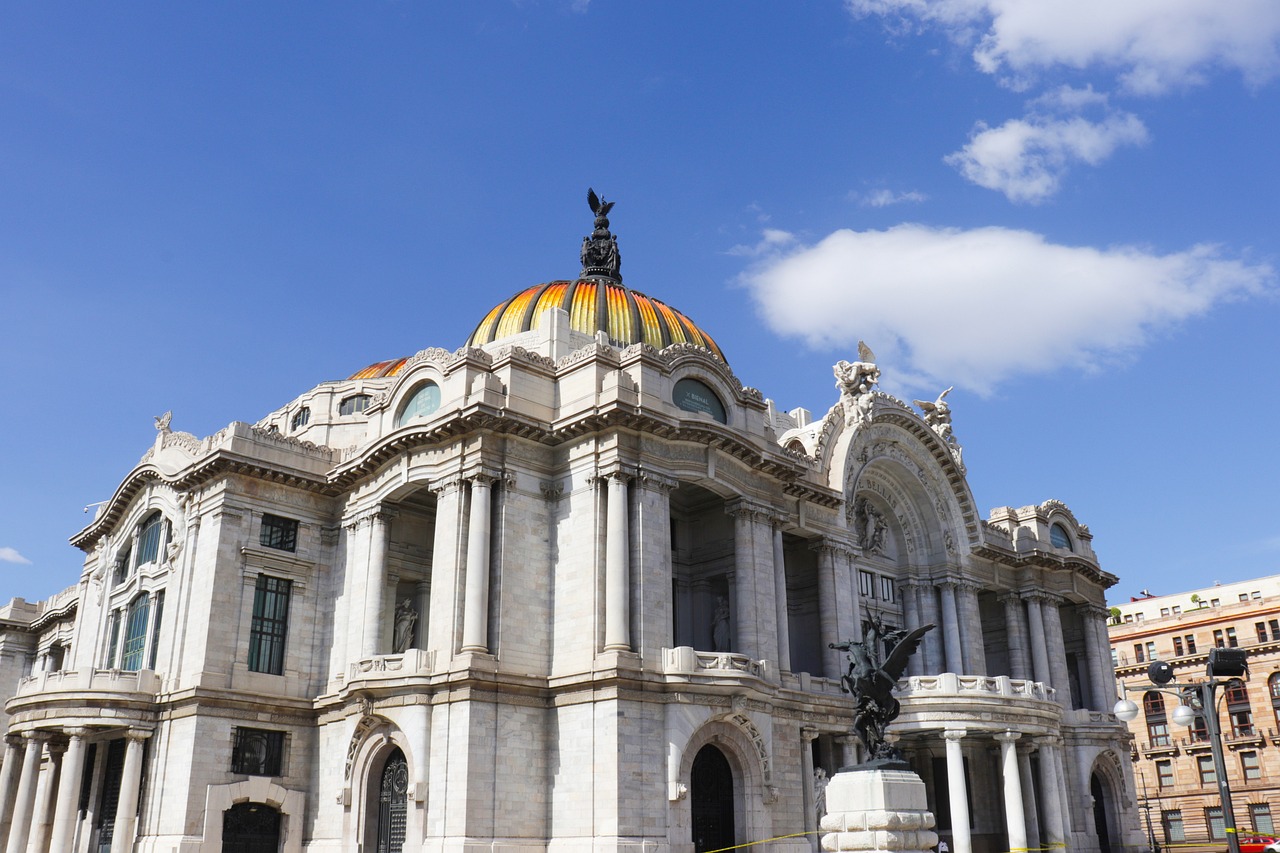
Inter-Generational Knowledge Transfer
Inter-Generational Knowledge Transfer plays a vital role in preserving cultural heritage by passing down traditions, stories, and practices from one generation to another. This transfer of knowledge not only ensures the continuity of cultural identity but also fosters a deep understanding and respect among different age groups within a community. It is like handing over a precious heirloom that carries the wisdom and essence of a community's history and values, creating a strong bond that transcends time.
Through storytelling, rituals, and celebrations, older generations impart their experiences and insights to the youth, instilling a sense of pride and belonging. This exchange of wisdom nurtures a collective memory that connects individuals across generations, strengthening the fabric of society. Imagine a tapestry woven with threads of knowledge and tradition, each thread contributing to the rich and vibrant tapestry of a community's cultural heritage.
Moreover, inter-generational knowledge transfer serves as a bridge between the past, present, and future, allowing younger generations to learn from the mistakes and successes of their ancestors. It is a dialogue that transcends time, enabling the transmission of values, skills, and perspectives that shape the identity of a community. This transfer of knowledge is not just about preserving the past but also about preparing the next generation to carry forward the legacy of their ancestors with respect and understanding.
By engaging in activities that promote inter-generational knowledge transfer, communities create a harmonious environment where different age groups collaborate, learn from each other, and appreciate the diversity of perspectives. This exchange fosters empathy, mutual respect, and a shared sense of responsibility towards preserving and honoring cultural heritage. It is a continuous cycle of learning and teaching that enriches the tapestry of cultural traditions and strengthens the bonds that unite generations.

Building Trust and Understanding
Building trust and understanding through cultural heritage initiatives is a powerful mechanism for promoting peace and reconciliation in conflict-affected regions. By creating platforms for dialogue and collaboration, cultural heritage projects offer opportunities for conflicting parties to engage in meaningful exchanges, fostering mutual respect and empathy. These initiatives serve as bridges that connect diverse communities, transcending barriers of mistrust and animosity.
Moreover, cultural heritage activities provide a common ground for individuals to share their stories, traditions, and experiences, leading to a deeper appreciation of each other's perspectives. Through the exploration of shared heritage, conflicting groups can uncover similarities and connections that help break down stereotypes and misconceptions. This process of discovery not only builds trust but also nurtures a sense of understanding and solidarity among those involved.
Furthermore, cultural heritage sites and practices can serve as neutral spaces where conflicting parties come together to engage in dialogue and conflict resolution. By leveraging the historical significance and symbolic value of these sites, stakeholders can find common ground and work towards peaceful solutions. These locations become arenas for mediation and negotiation, offering opportunities for reconciliation and healing in the aftermath of conflict.
Overall, the role of cultural heritage in building trust and understanding cannot be overstated. By fostering connections, promoting dialogue, and facilitating reconciliation, cultural heritage initiatives play a vital role in promoting peace and stability within communities. Through shared experiences and collaborative efforts, individuals can overcome divisions, build relationships, and work towards a future of unity and harmony.
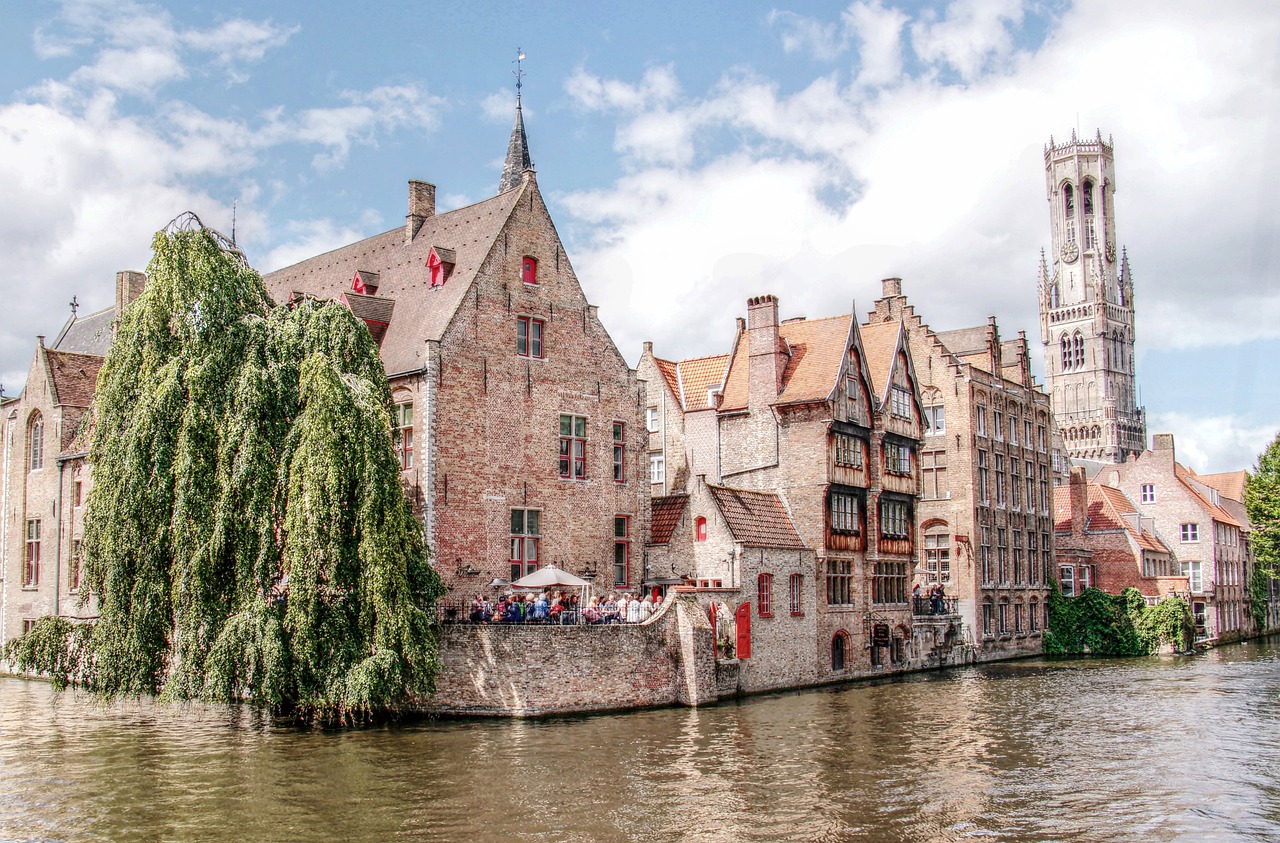
Conflict Resolution Mechanisms
When conflicts arise within communities, utilizing cultural heritage sites and practices as spaces for conflict resolution can offer unique solutions. These sites, often rich in history and symbolism, can serve as neutral grounds where conflicting parties can come together to seek common ground and understanding. By acknowledging and respecting the cultural significance of these spaces, individuals involved in the conflict are more likely to approach the resolution process with a sense of reverence and openness.
Moreover, cultural practices deeply rooted in traditions can provide mechanisms for mediation and reconciliation. Rituals, ceremonies, and storytelling passed down through generations can offer frameworks for conflict resolution that prioritize mutual respect and peaceful coexistence. These practices not only address immediate tensions but also help in addressing underlying issues that may have fueled the conflict, paving the way for long-term peacebuilding.
Additionally, cultural heritage can act as a bridge between conflicting parties, facilitating communication and dialogue. By engaging in shared cultural activities or visiting heritage sites together, individuals can find common ground and build trust, essential elements in resolving conflicts peacefully. Through these interactions, stereotypes and prejudices can be challenged, leading to a deeper understanding and empathy among the parties involved.
Furthermore, the preservation and promotion of cultural heritage as a conflict resolution mechanism can have a ripple effect on the wider community. By demonstrating the value of heritage in fostering unity and harmony, communities are encouraged to prioritize cultural preservation as a tool for peacebuilding. This shift in mindset can lead to the establishment of sustainable conflict resolution practices rooted in the shared heritage of the community.
In conclusion, cultural heritage offers a multifaceted approach to conflict resolution, drawing on traditions, practices, and spaces that hold deep meaning for individuals and communities. By tapping into the rich tapestry of cultural heritage, conflict resolution mechanisms can transcend mere negotiations and agreements, delving into the core values and identities that shape human interactions. Embracing cultural heritage as a tool for peacebuilding not only resolves conflicts but also strengthens the fabric of society, weaving together diverse threads into a cohesive and resilient community.

Empowerment and Healing
Engaging with cultural heritage can be a powerful tool for empowerment and healing in communities recovering from conflict and trauma. By connecting individuals to their roots and traditions, cultural heritage instills a sense of pride and resilience that can help in the healing process. It serves as a reminder of the strength and endurance of a community, offering a source of inspiration and hope for the future.
Moreover, the act of preserving and celebrating cultural heritage can empower individuals by giving them a voice and agency in shaping their own narratives. By actively participating in cultural practices and traditions, individuals can reclaim their identity and agency, fostering a sense of belonging and empowerment within the community.
Furthermore, cultural heritage can serve as a healing mechanism, providing a space for reflection, remembrance, and commemoration. By honoring the past and acknowledging the collective experiences of a community, cultural heritage can facilitate the healing process and promote emotional well-being among individuals affected by conflict and violence.
In addition, cultural heritage can act as a bridge between the past and the present, offering a sense of continuity and connection across generations. By engaging with their cultural heritage, individuals can find solace in the knowledge that they are part of a rich and enduring legacy that transcends time and adversity.
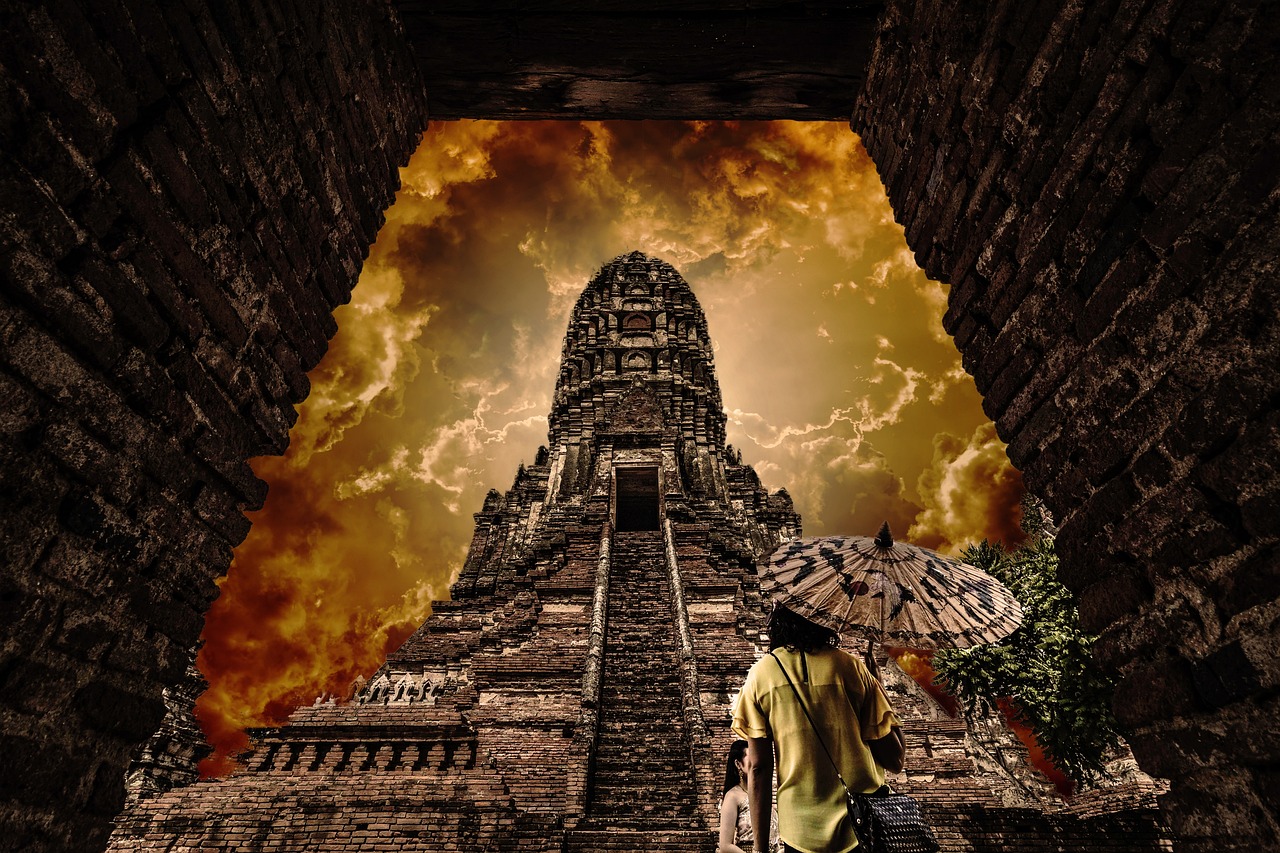
Tourism and Economic Development
When it comes to the role of cultural heritage in peacebuilding, one significant aspect to consider is the impact it has on tourism and economic development. Harnessing the rich cultural heritage of a region can be a powerful tool in promoting sustainable tourism initiatives that not only attract visitors but also contribute to the economic growth of the community.
By showcasing cultural sites, traditions, and practices, a region can create unique tourism experiences that draw in visitors from around the world. This influx of tourists can stimulate economic development by creating job opportunities, supporting local businesses, and generating revenue that can be reinvested back into the community.
Moreover, cultural heritage tourism can also promote social cohesion within post-conflict societies. By highlighting the shared cultural heritage of diverse groups, tourism initiatives can foster a sense of unity and understanding among community members, transcending past conflicts and promoting a shared sense of identity.
Furthermore, sustainable tourism initiatives centered around cultural heritage can help preserve and protect historical sites and traditions, ensuring their longevity for future generations to enjoy. This not only safeguards the cultural identity of a community but also contributes to the overall well-being and resilience of the society as a whole.
Overall, leveraging cultural heritage for tourism and economic development purposes not only benefits the local economy but also plays a crucial role in promoting peace, unity, and prosperity within conflict-affected regions.
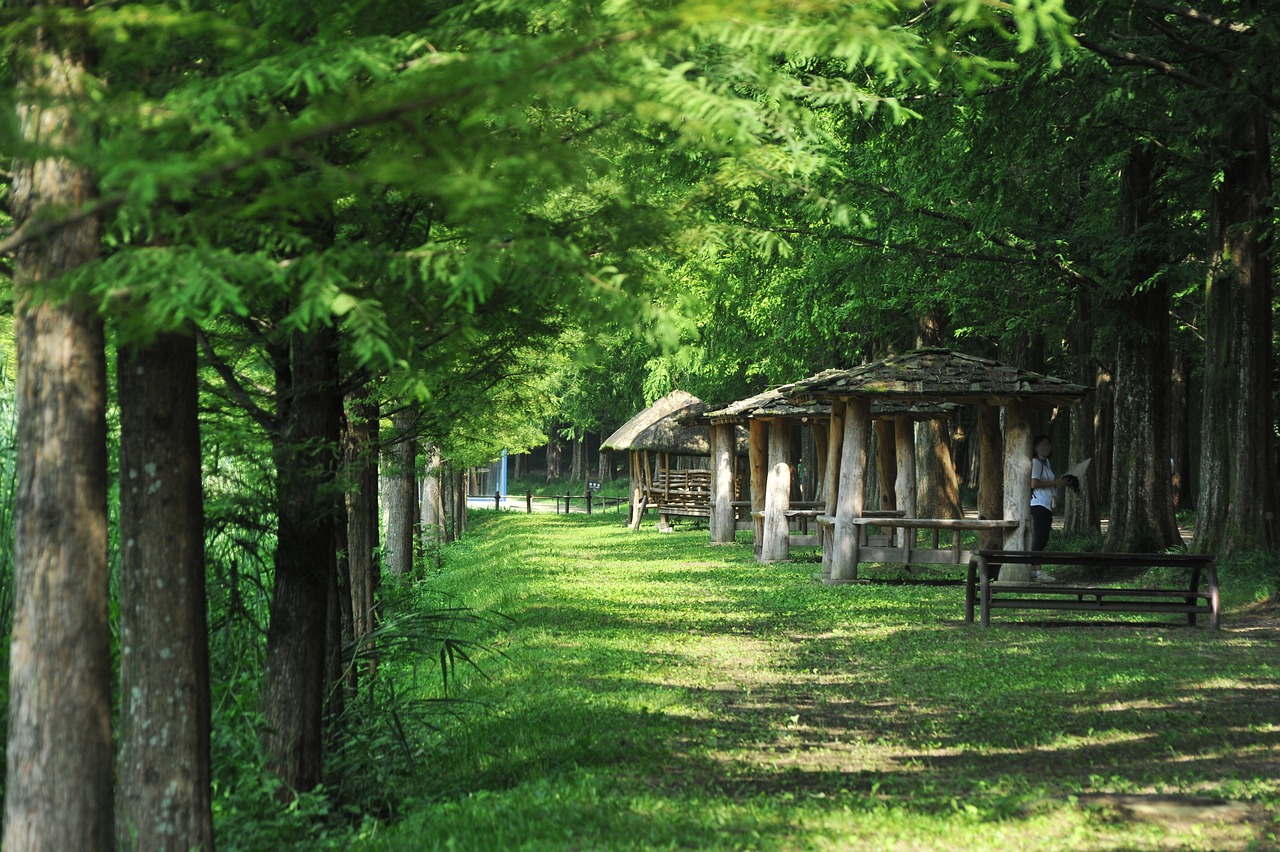
International Cooperation and Solidarity
International cooperation plays a vital role in preserving cultural heritage and promoting peacebuilding efforts worldwide. By collaborating on heritage preservation projects, countries can bridge cultural divides, foster understanding, and strengthen global solidarity in conflict resolution. Through joint initiatives, nations can share expertise, resources, and best practices, leading to the protection and conservation of diverse cultural assets for future generations.
Furthermore, international solidarity in cultural heritage initiatives not only promotes mutual respect and appreciation for different traditions but also serves as a powerful tool for diplomacy and peacemaking. By recognizing the universal value of cultural heritage, nations can come together to safeguard shared histories, promote intercultural dialogue, and contribute to the preservation of humanity's collective heritage.
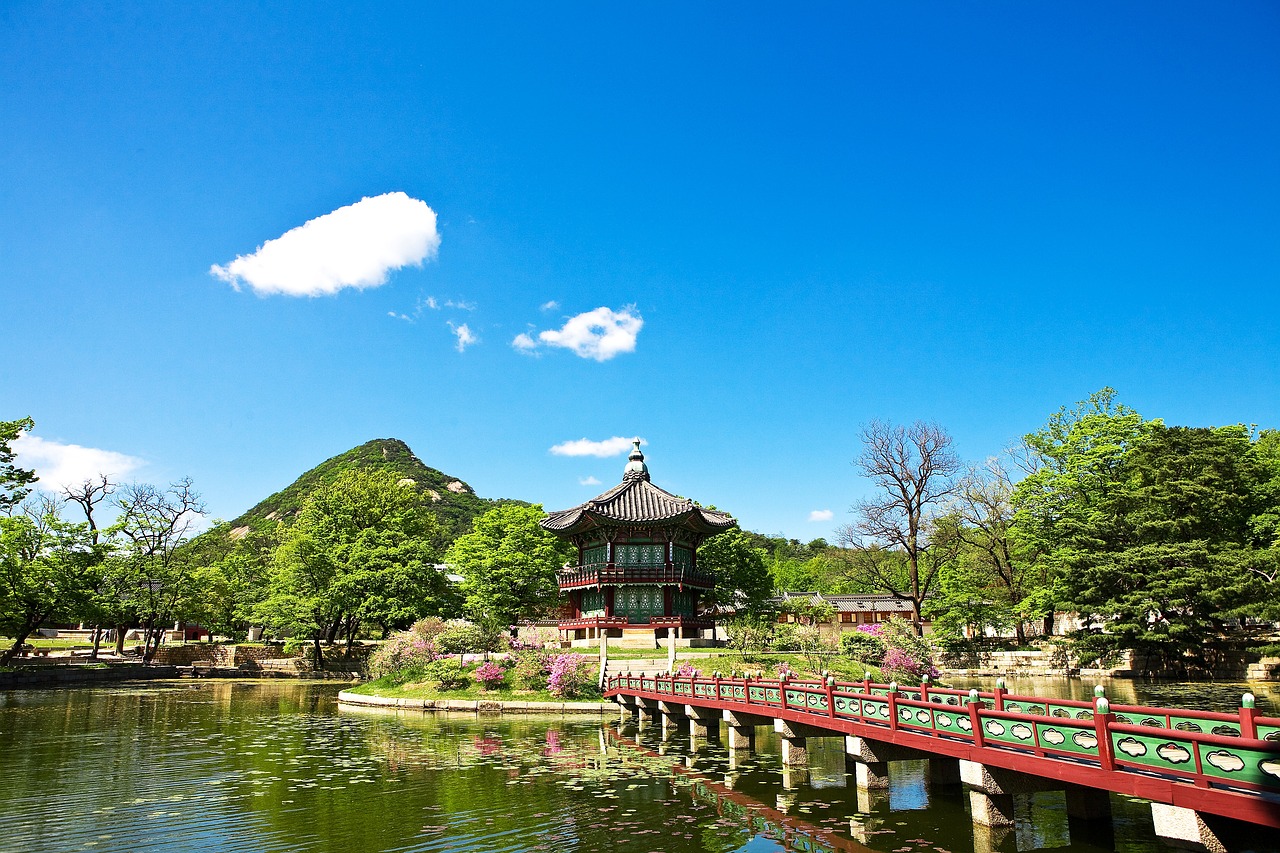
Education and Awareness
Education plays a crucial role in promoting awareness and understanding of cultural heritage, fostering a sense of shared identity and respect for diversity. By integrating cultural heritage teachings into educational programs, students can gain valuable insights into the history, traditions, and values of different communities, promoting empathy and tolerance.
Furthermore, educational initiatives focused on cultural heritage can help future generations appreciate the significance of preserving and protecting cultural sites and practices. Through interactive learning experiences and hands-on activities, students can develop a deep connection to their heritage and become advocates for its conservation and promotion.
Collaboration between schools, museums, and cultural organizations can create dynamic learning environments that engage students in exploring the rich tapestry of cultural heritage. By incorporating storytelling, art, music, and traditional crafts into the curriculum, educators can bring history to life and inspire a sense of curiosity and wonder in students.
Moreover, raising awareness about the importance of cultural heritage through educational campaigns and community outreach programs can mobilize support for conservation efforts and promote a sense of collective responsibility towards safeguarding our shared heritage. By instilling a sense of pride and appreciation for cultural diversity, education can be a powerful tool for building a more inclusive and harmonious society.
Frequently Asked Questions
- What is the significance of cultural heritage in peacebuilding?
Cultural heritage plays a vital role in promoting reconciliation, understanding, and unity in conflict-affected regions. By preserving traditions, values, and historical narratives, cultural heritage helps communities maintain their identity and fosters a sense of belonging and unity among diverse groups.
- How does cultural heritage contribute to conflict resolution?
Utilizing cultural heritage sites and practices as spaces for conflict resolution and mediation can help address underlying tensions and promote peaceful coexistence within communities. Cultural heritage initiatives provide platforms for dialogue, collaboration, and exchange, facilitating trust-building and mutual understanding among conflicting parties.
- What are the benefits of engaging with cultural heritage for individuals and communities?
Engaging with cultural heritage can empower individuals and communities by offering a sense of pride, resilience, and healing in the aftermath of conflict and trauma. It also fosters mutual respect, appreciation, and harmony among different age groups through inter-generational knowledge transfer.
- How does cultural heritage contribute to economic development?
Harnessing cultural heritage for sustainable tourism initiatives can stimulate economic growth, create livelihood opportunities, and promote social cohesion in post-conflict societies. International collaborations in cultural heritage preservation projects also contribute to cross-cultural understanding and global solidarity in conflict resolution.
- What role does education play in promoting cultural heritage and peacebuilding?
Educational programs that integrate cultural heritage teachings raise awareness about shared histories, promote tolerance, and nurture a culture of peace among future generations. By educating individuals about the importance of cultural heritage, we can contribute to building a more inclusive and peaceful society.




